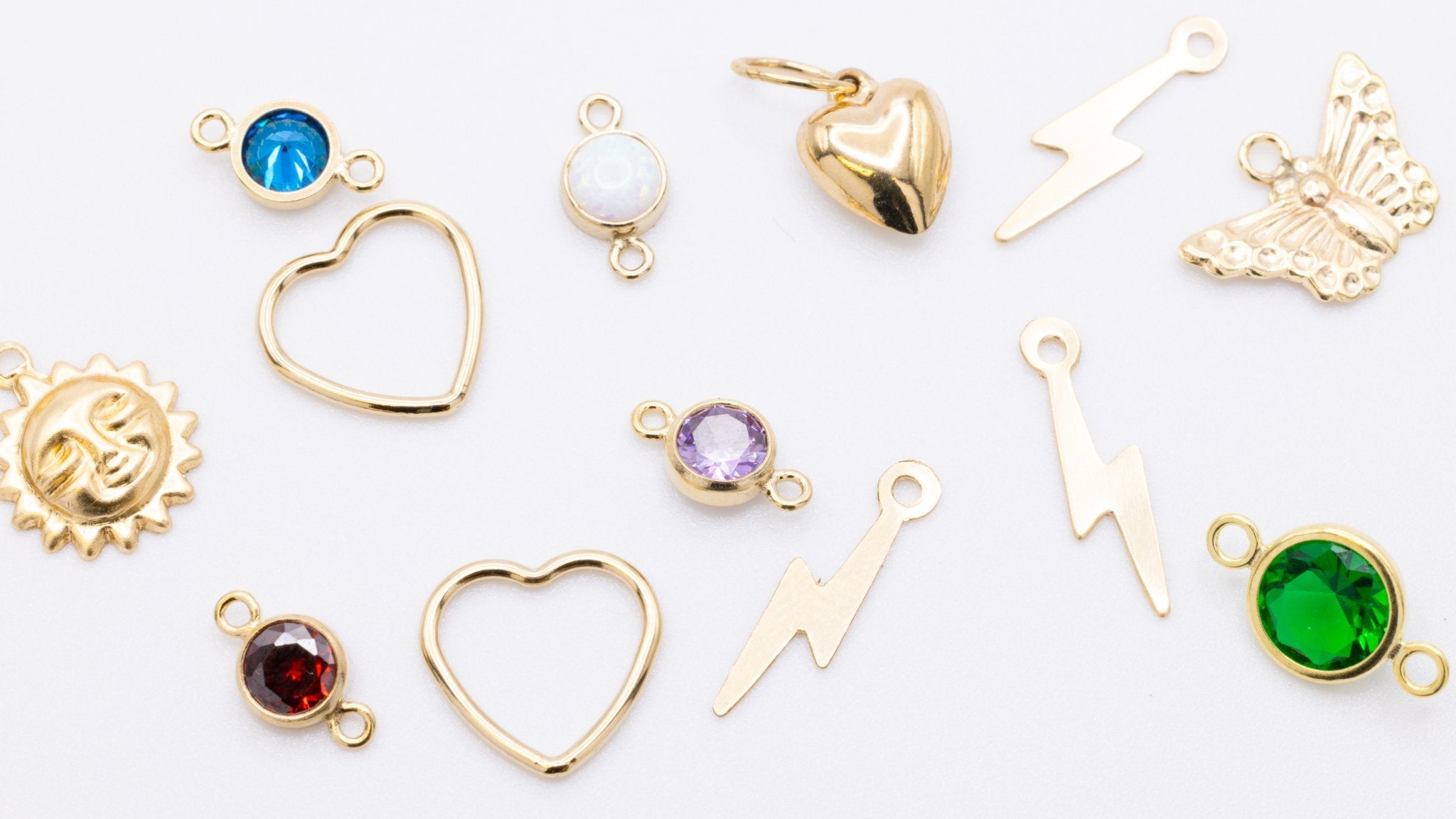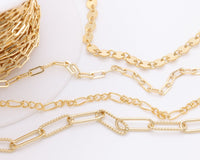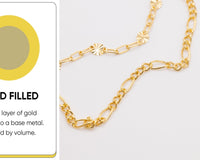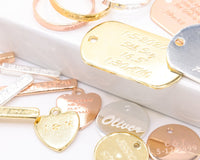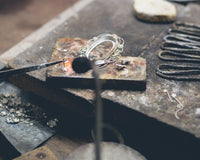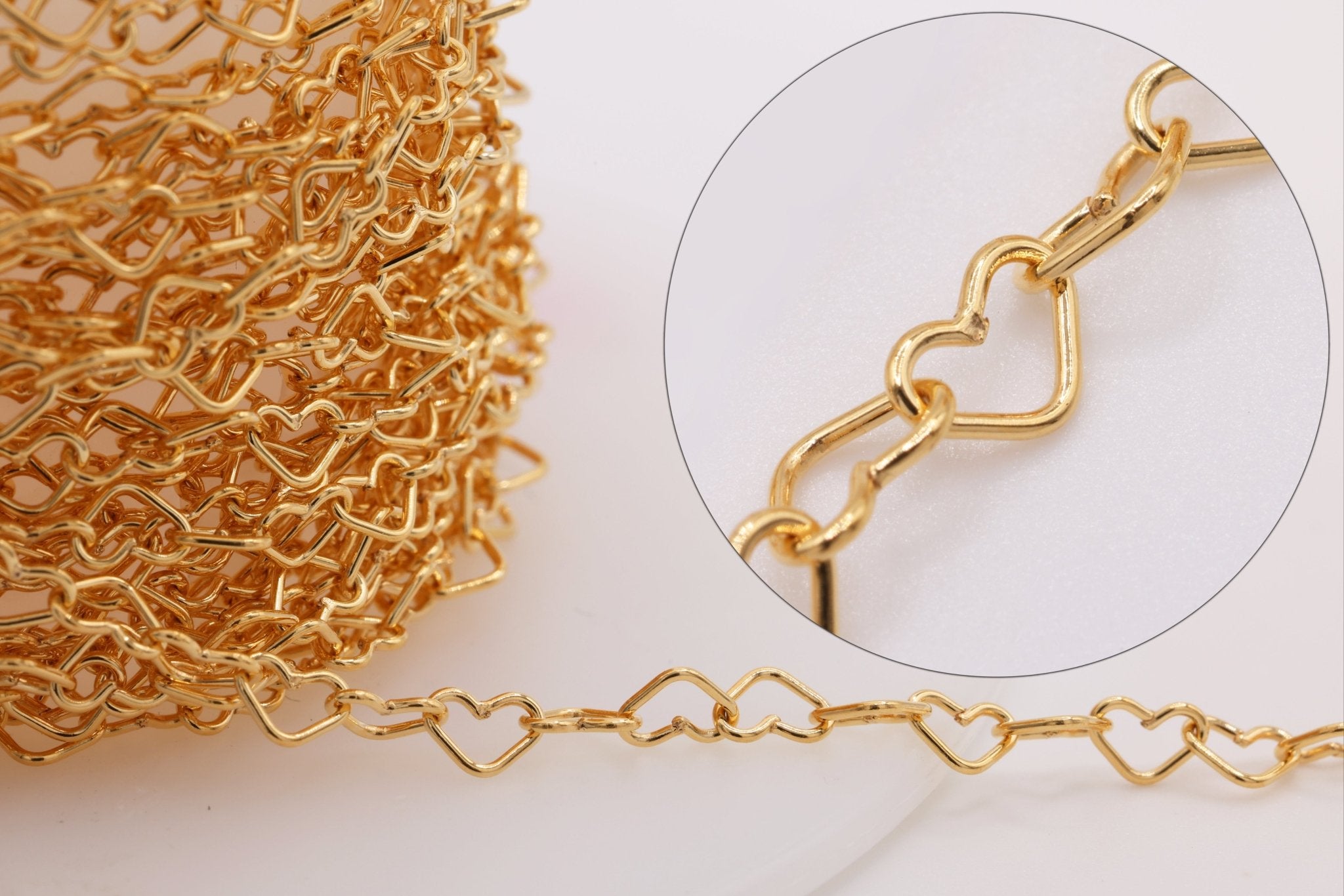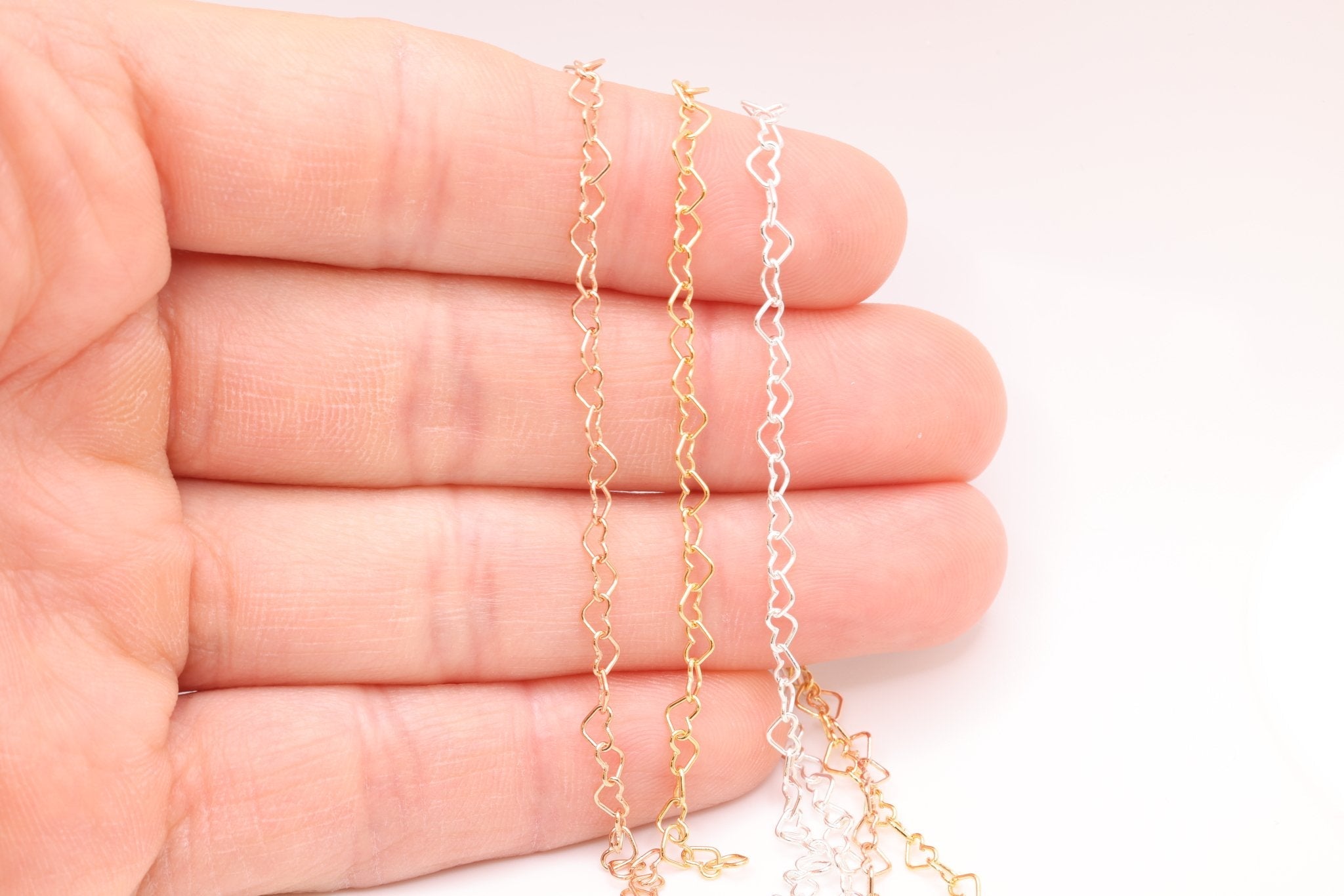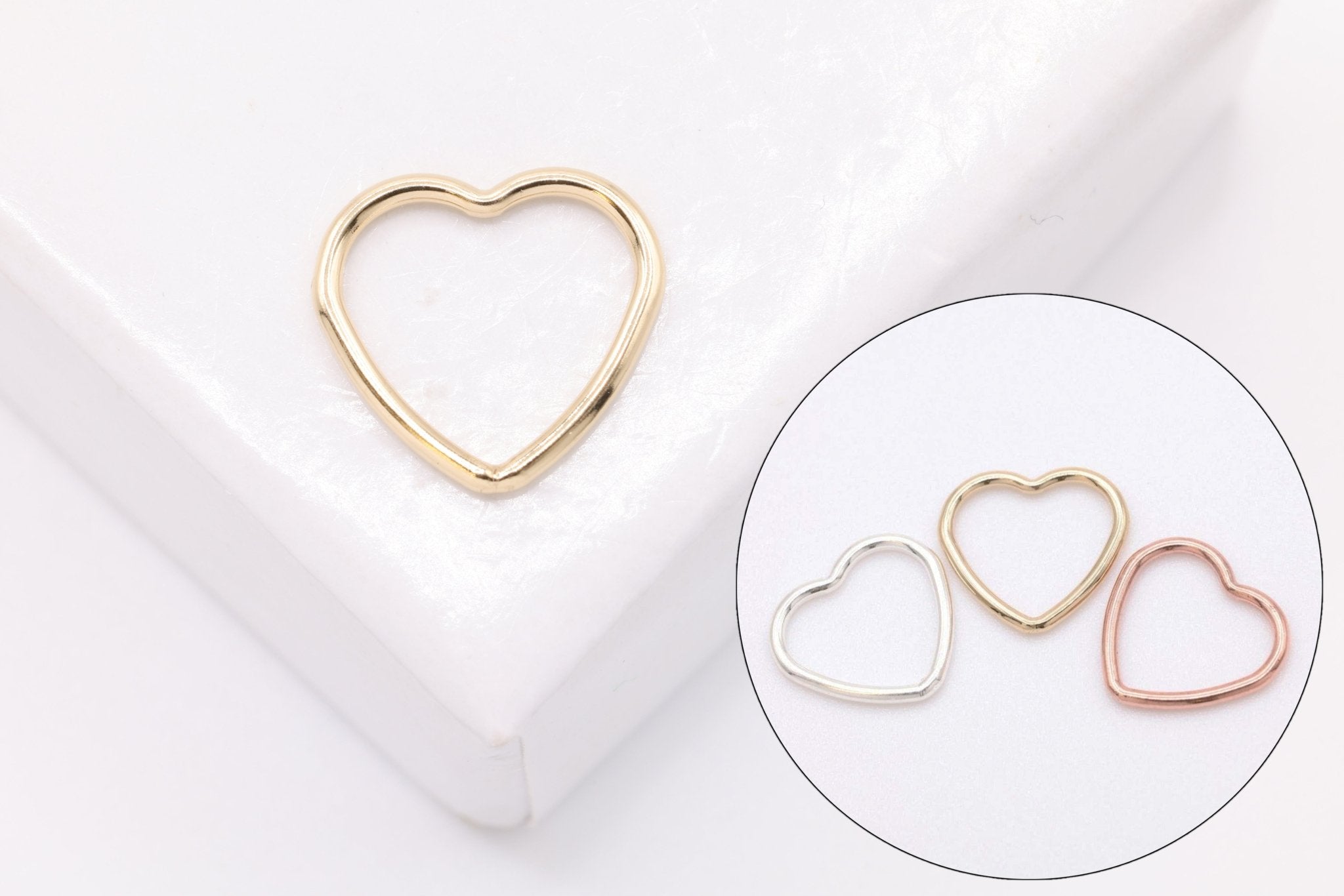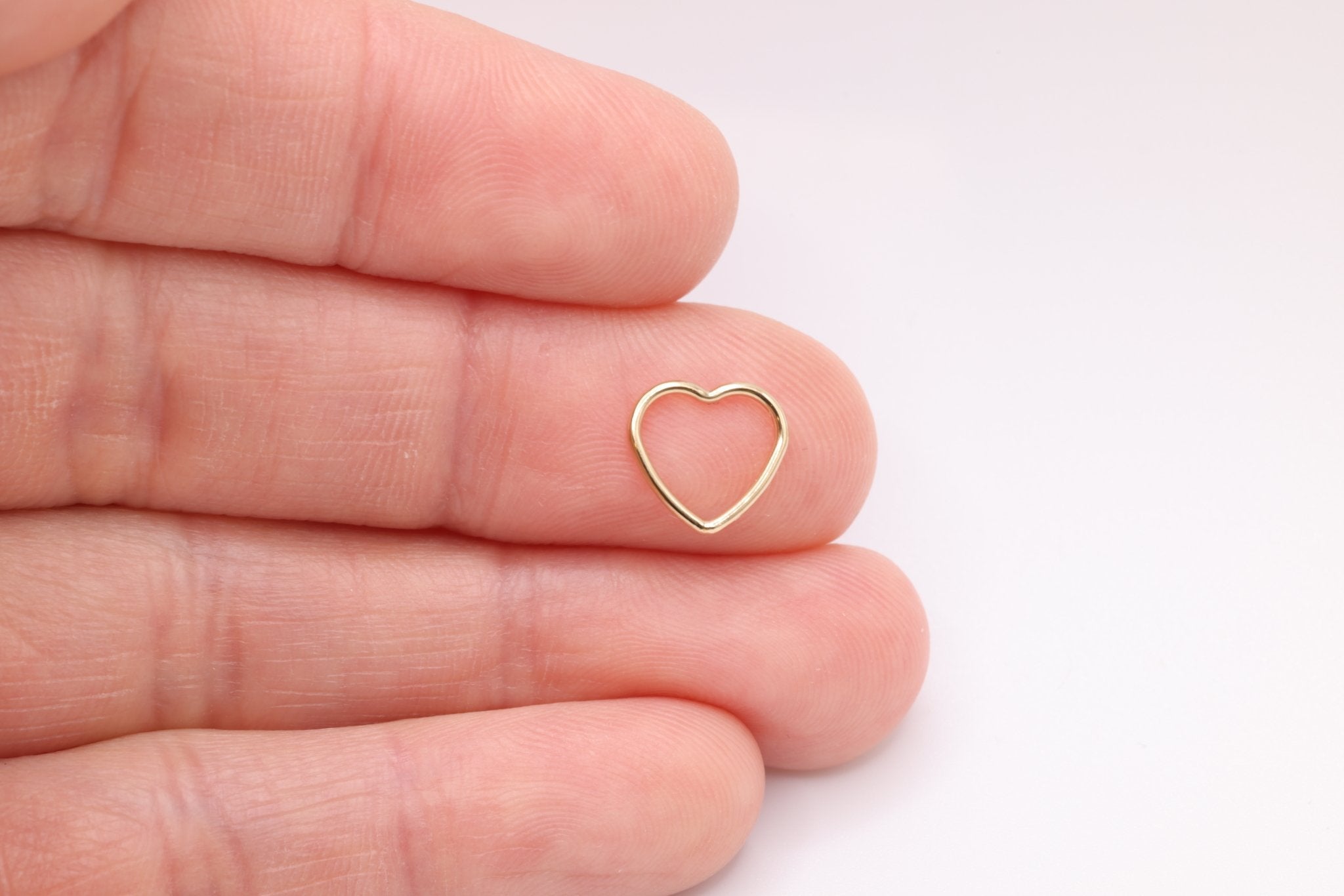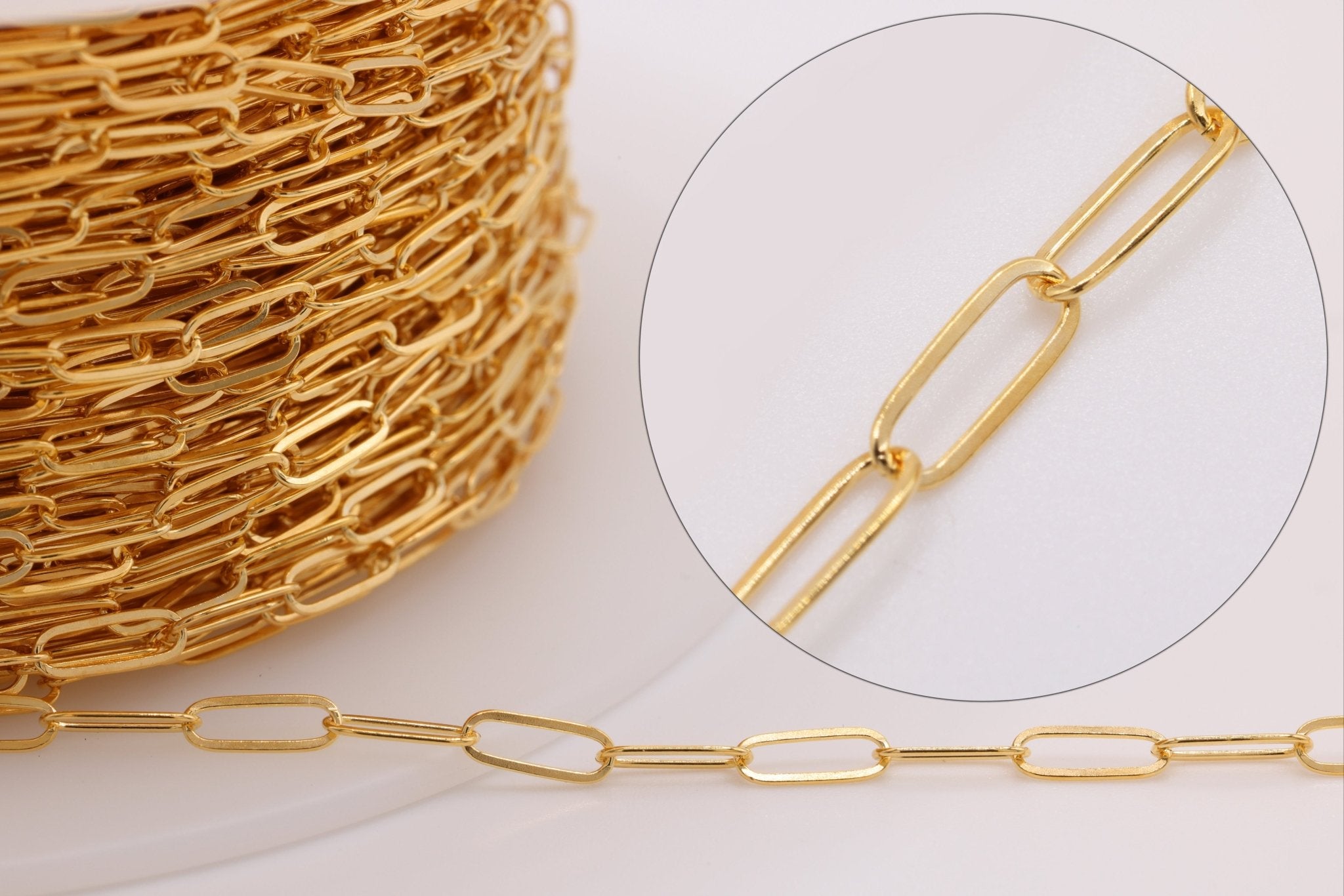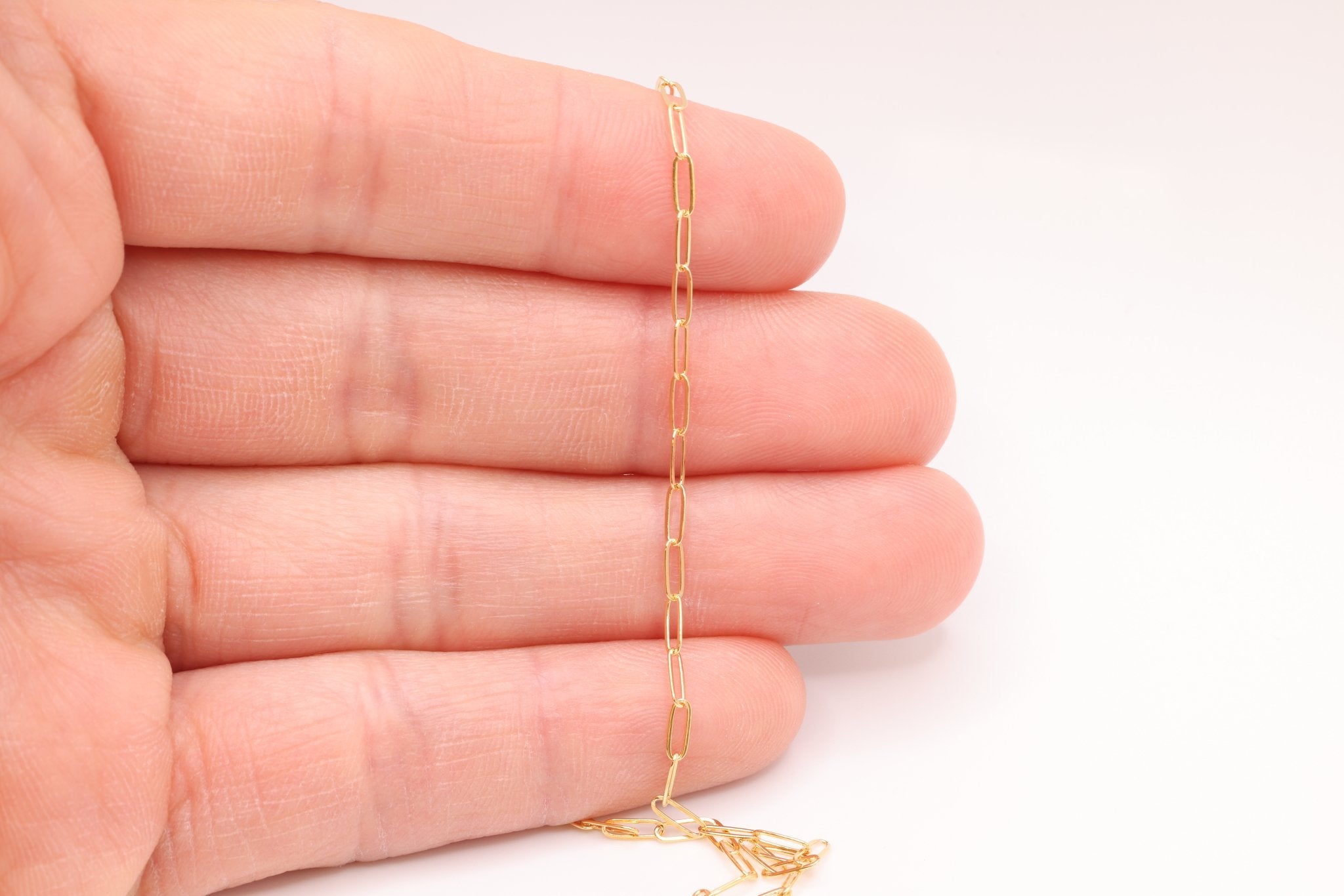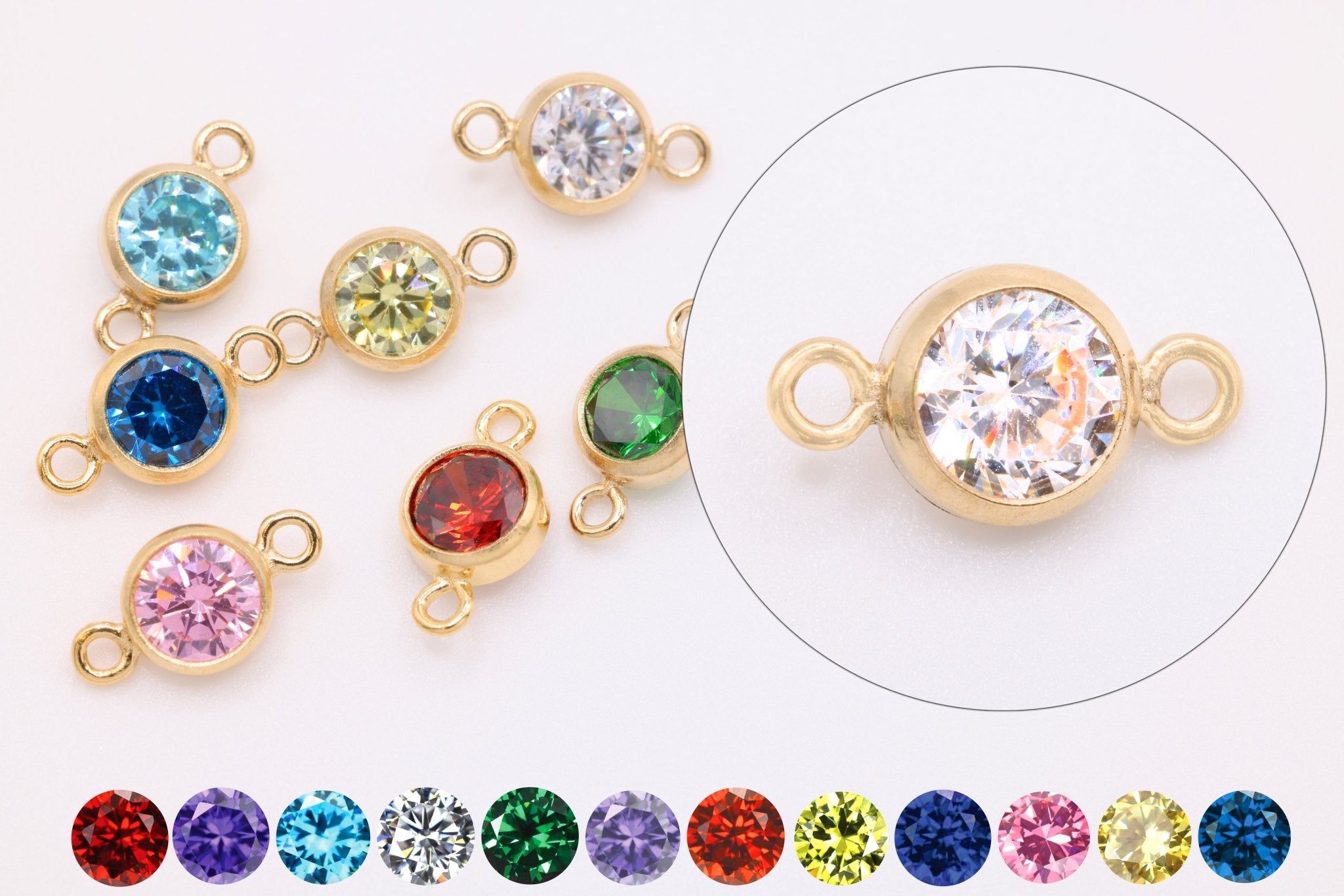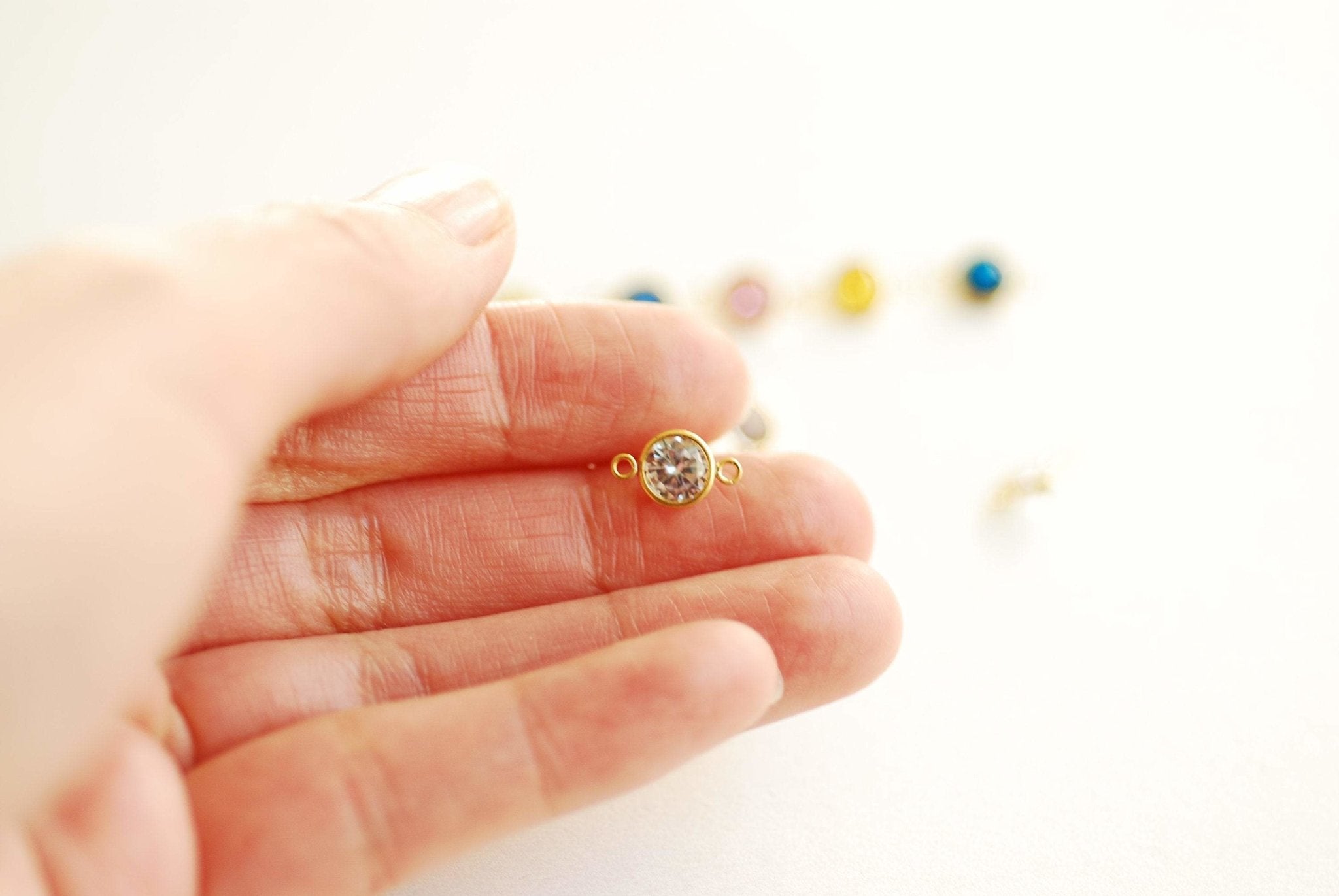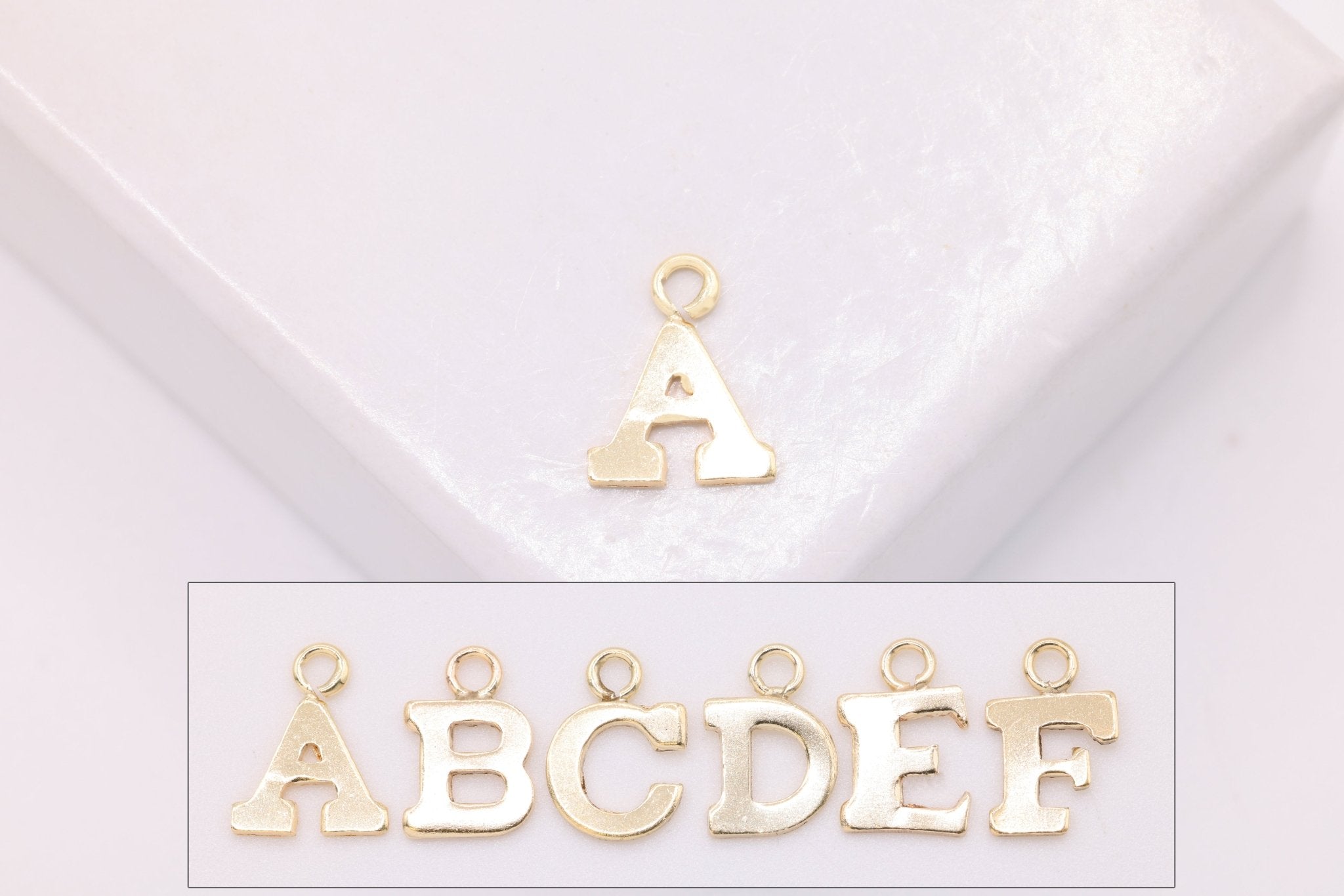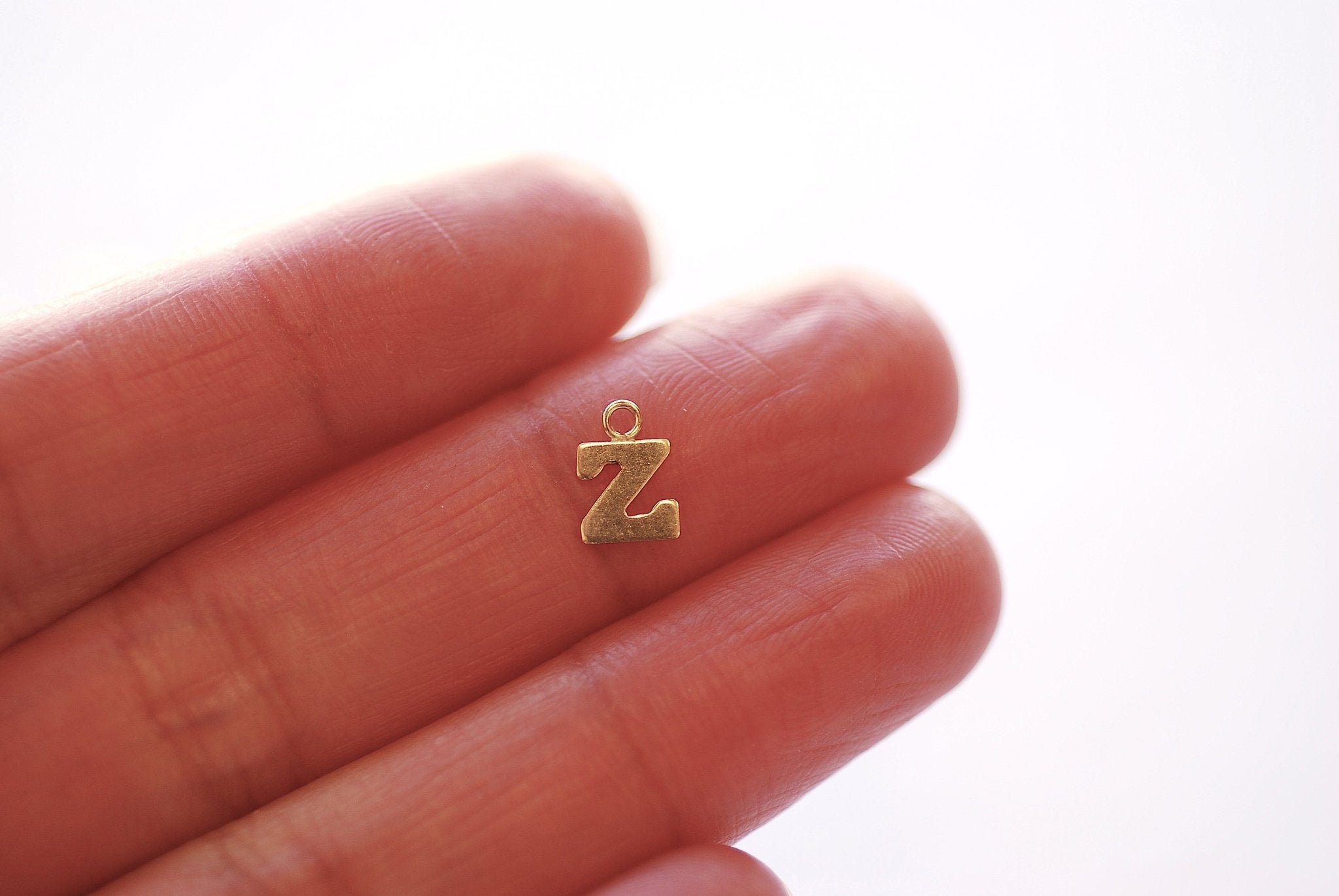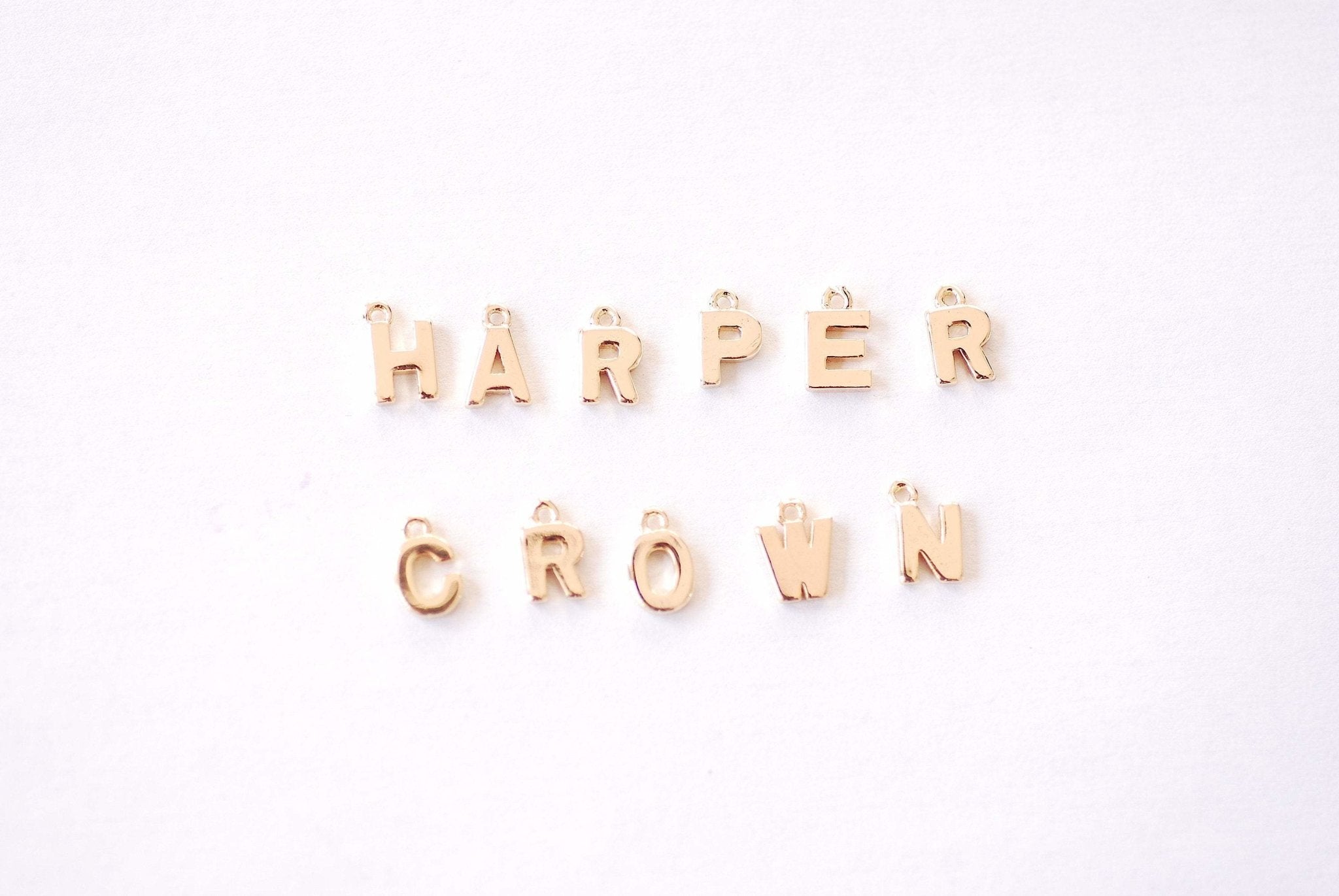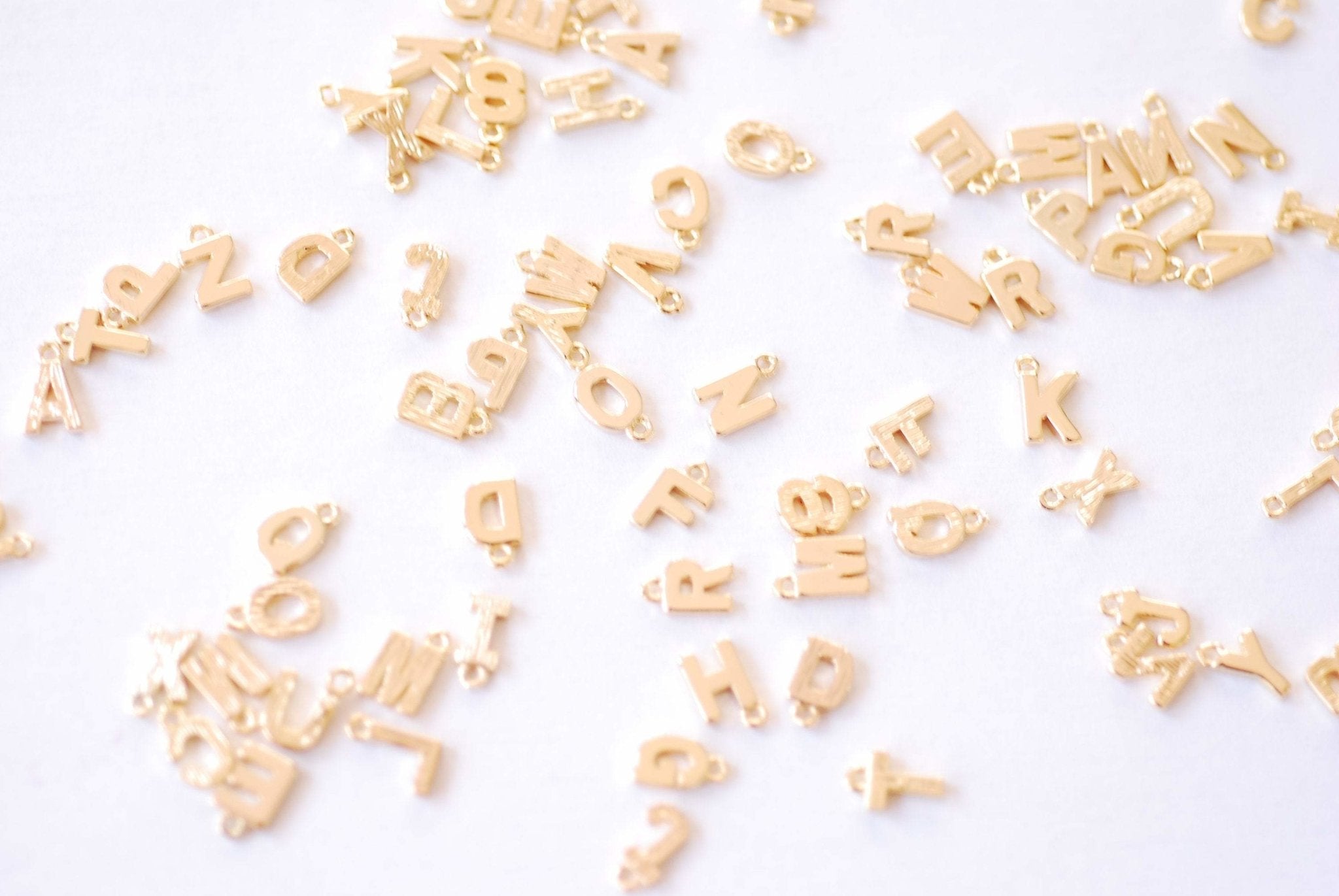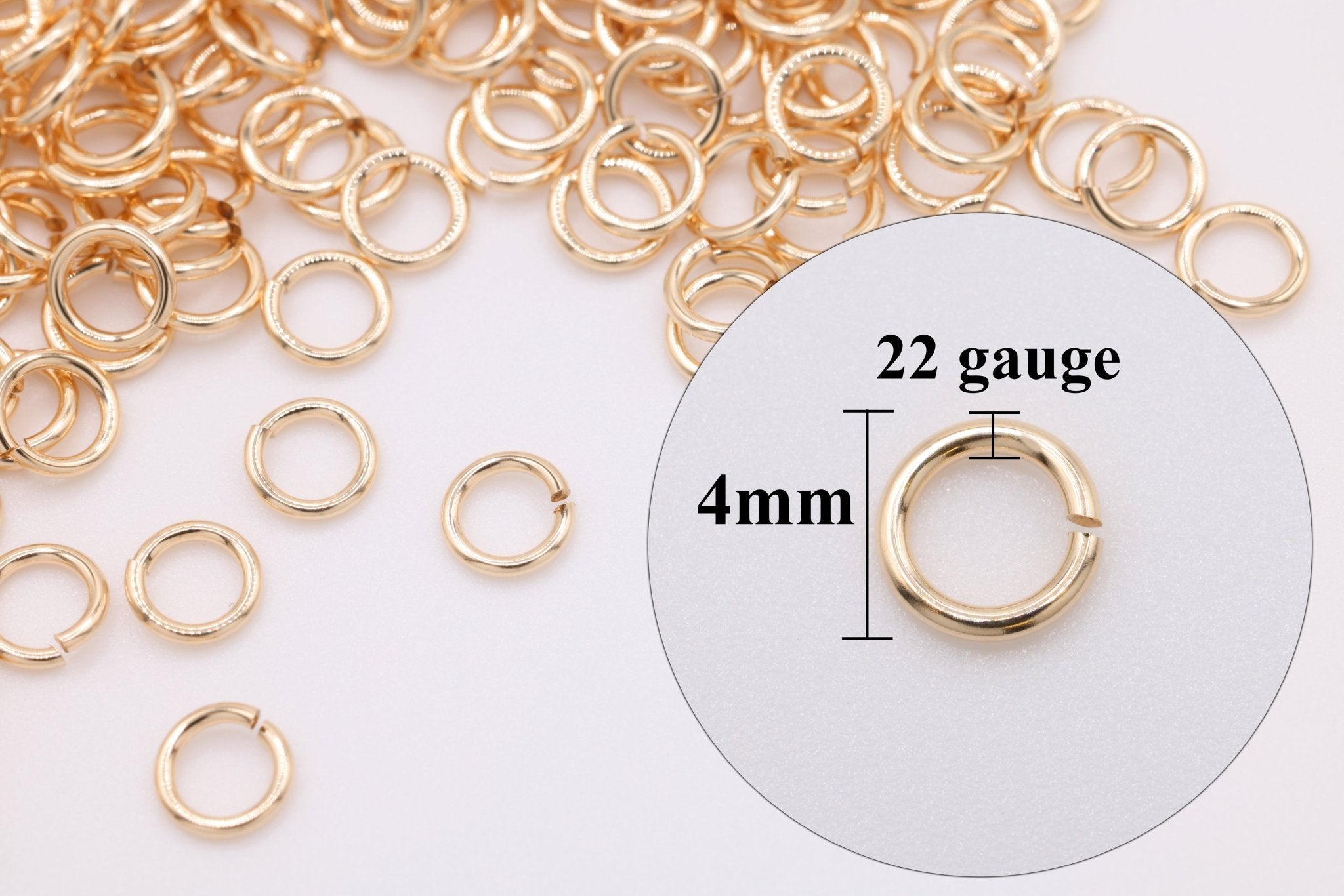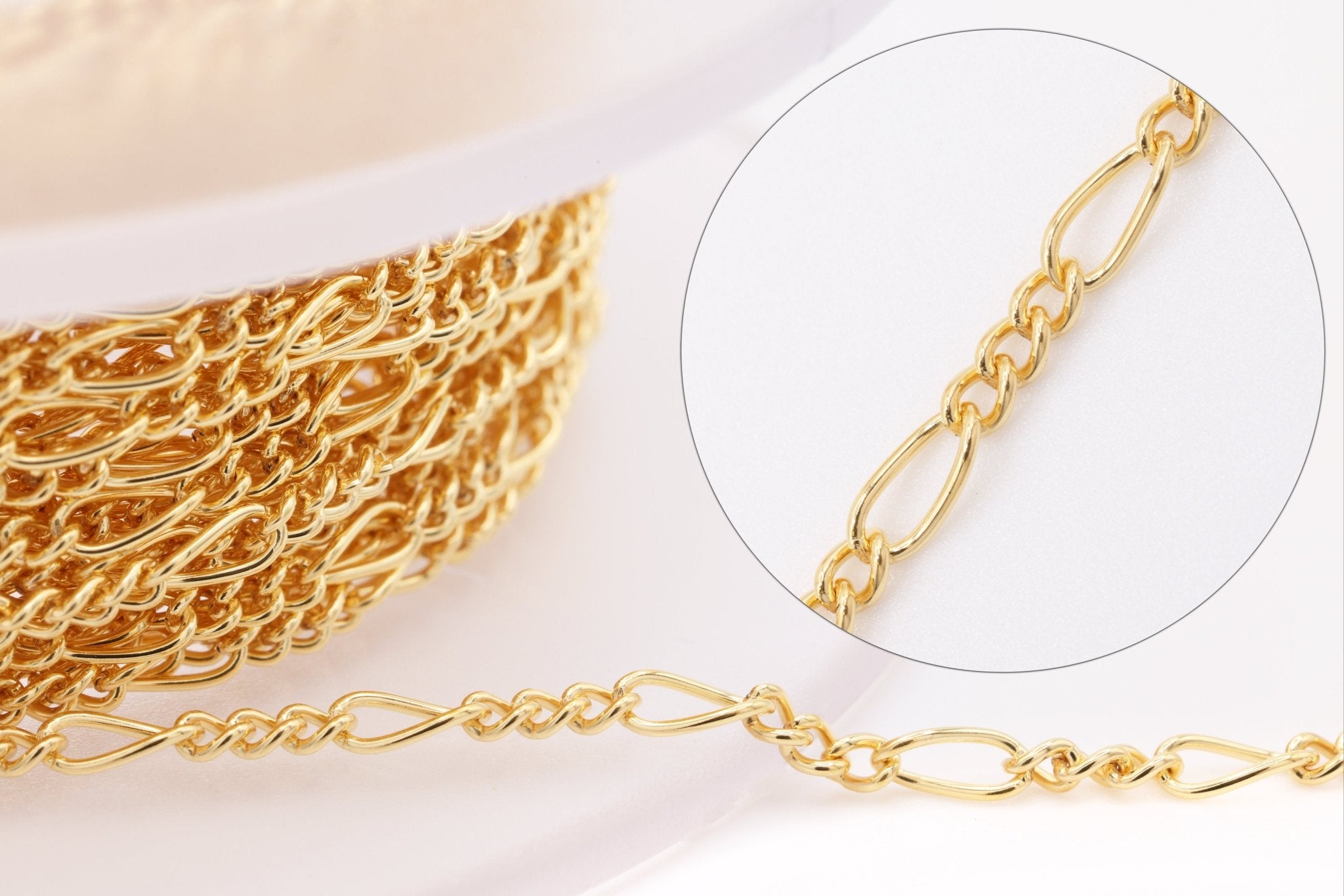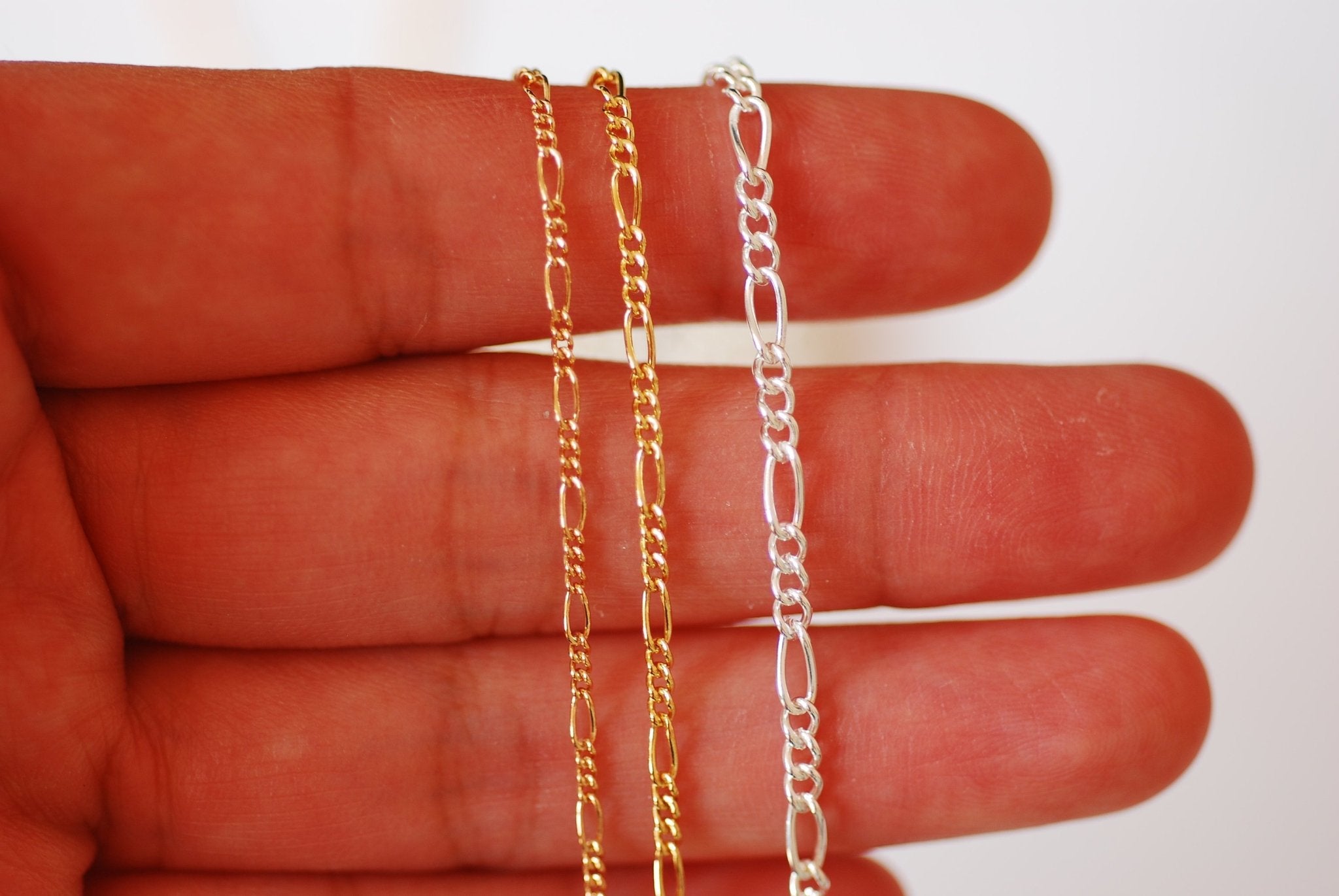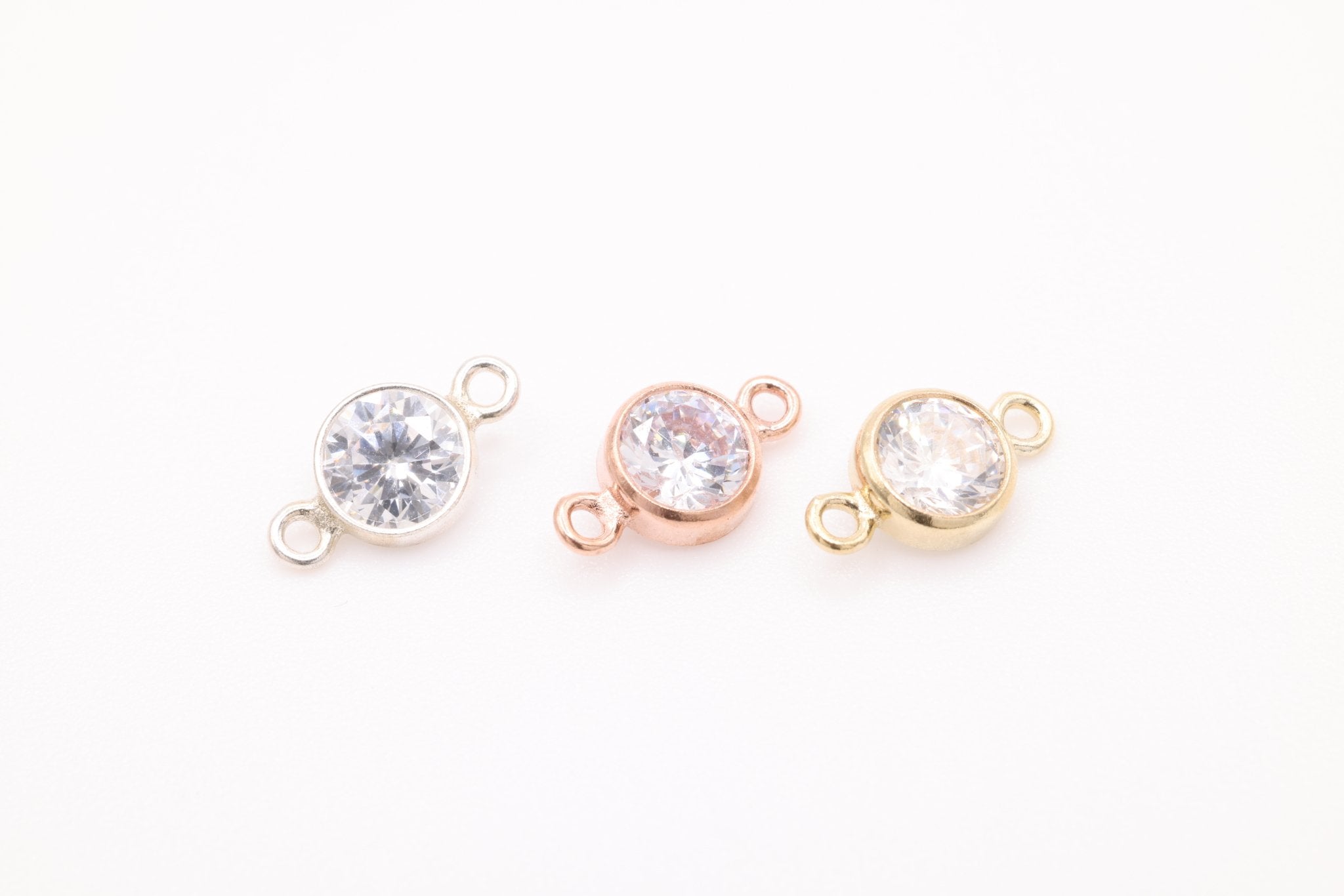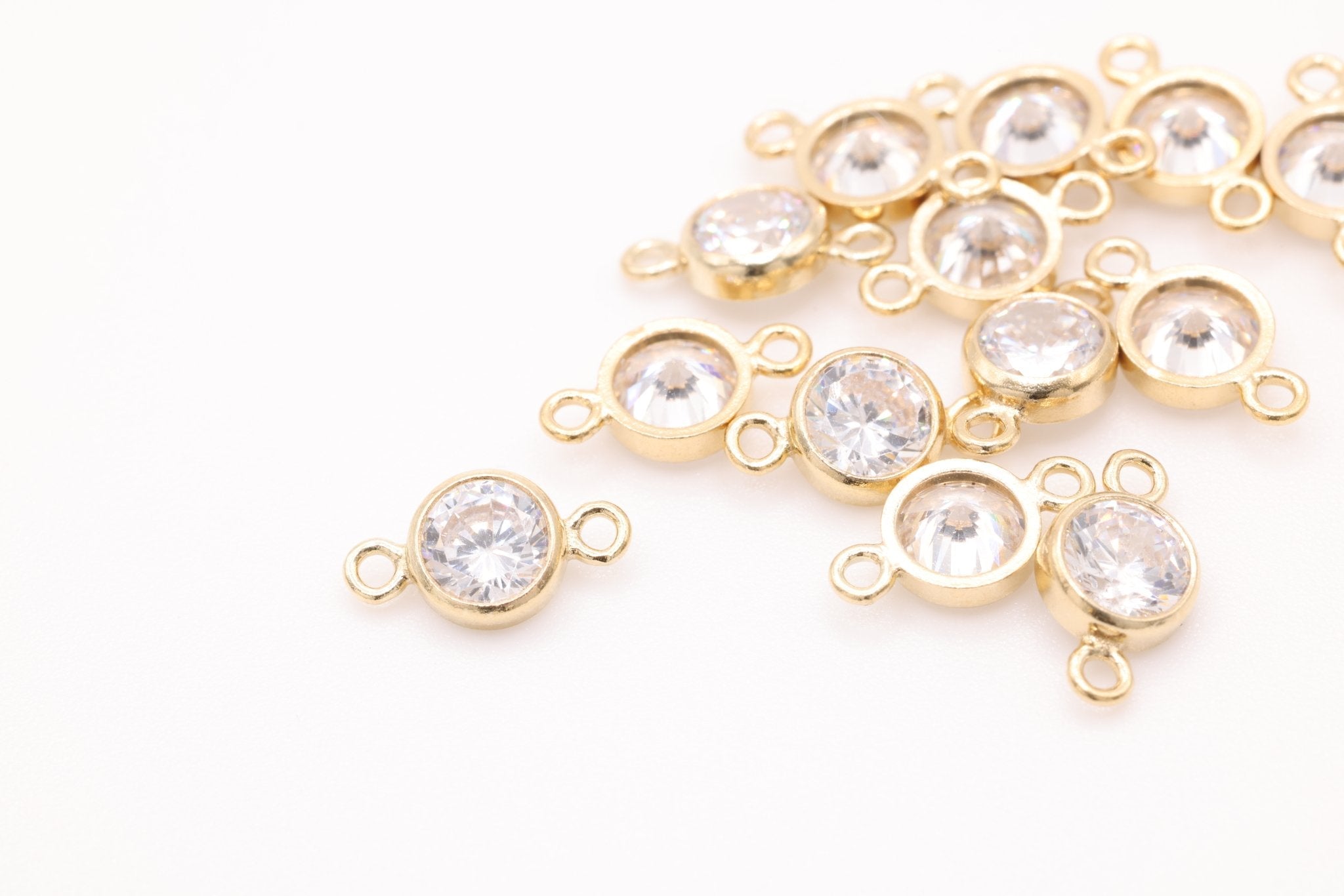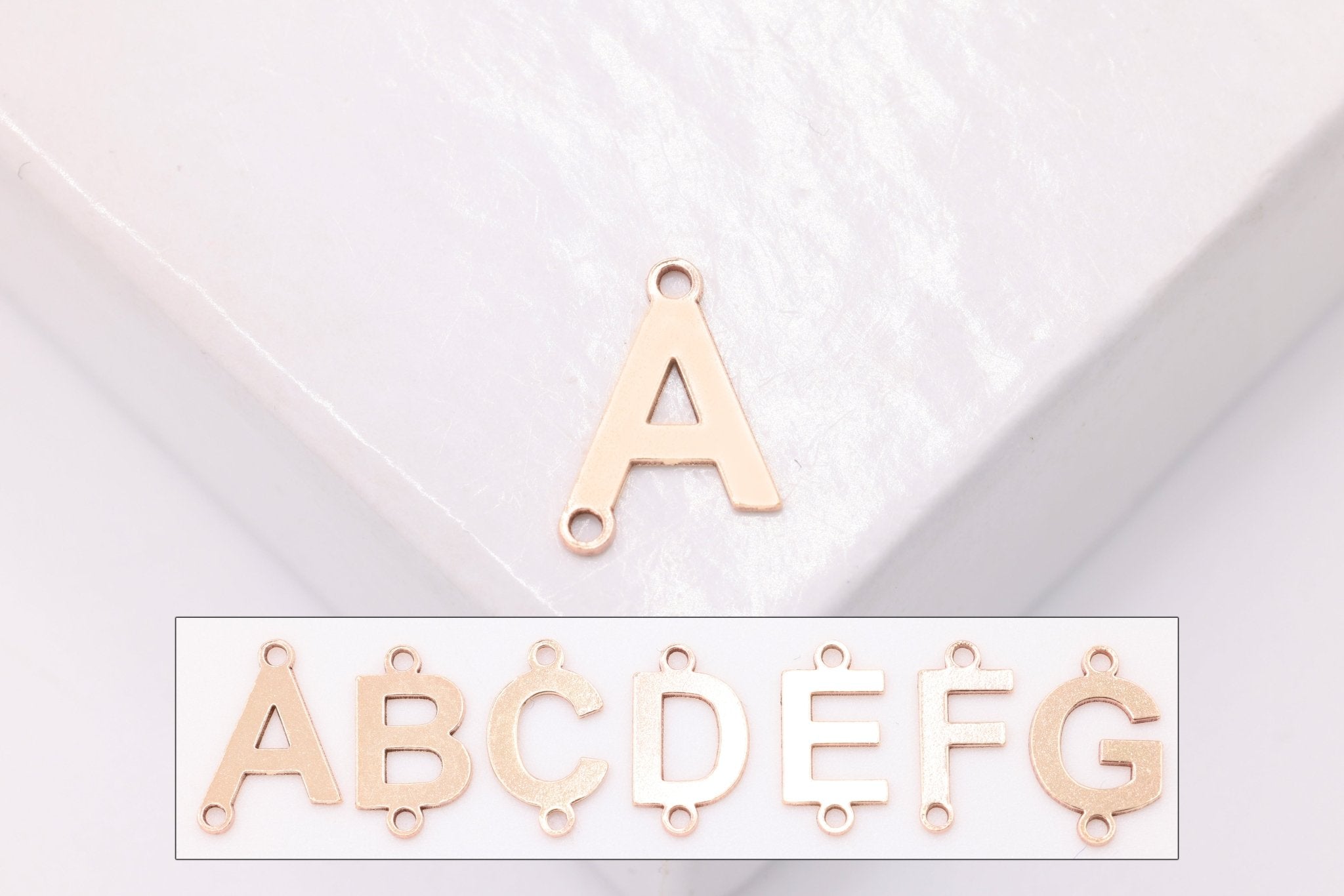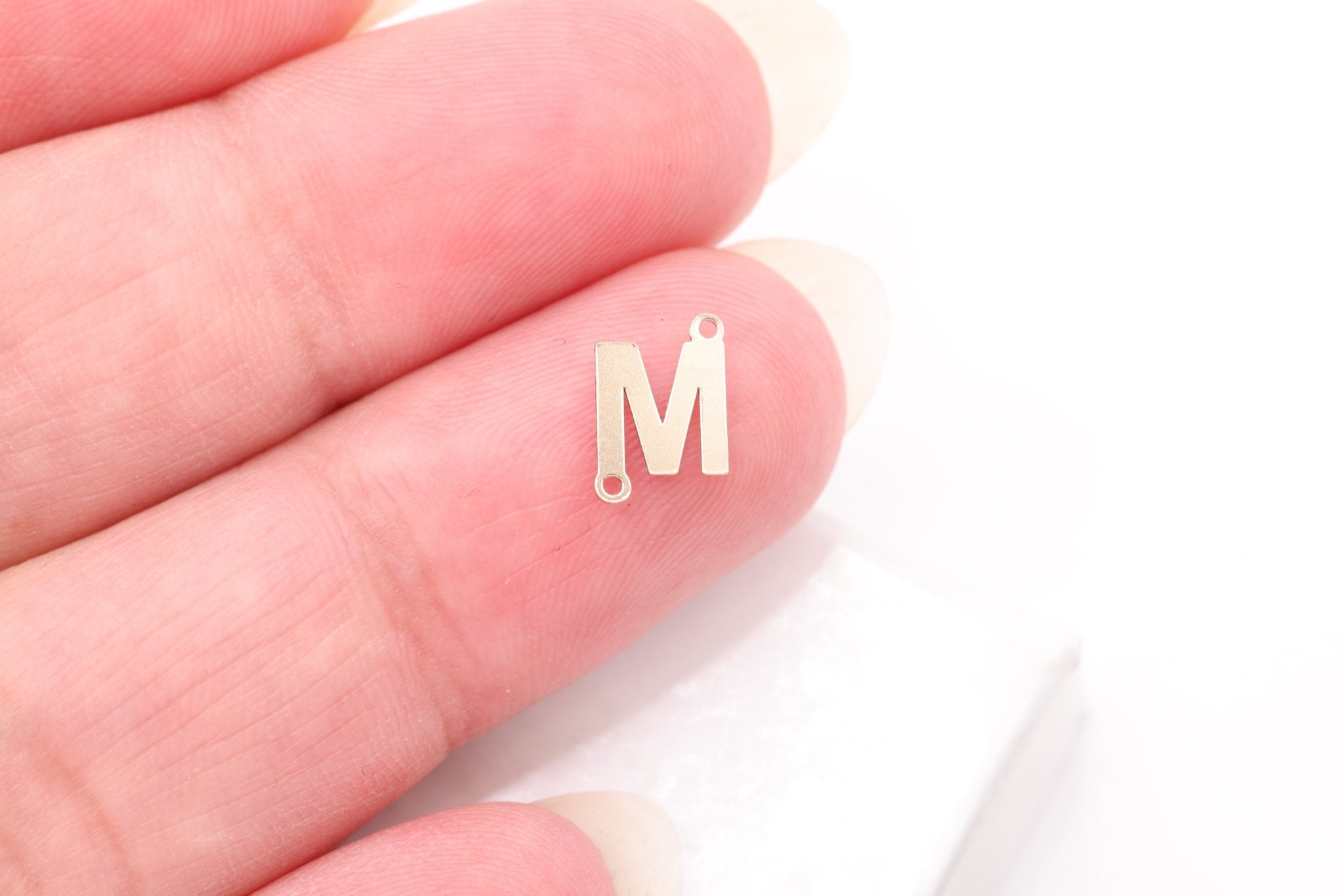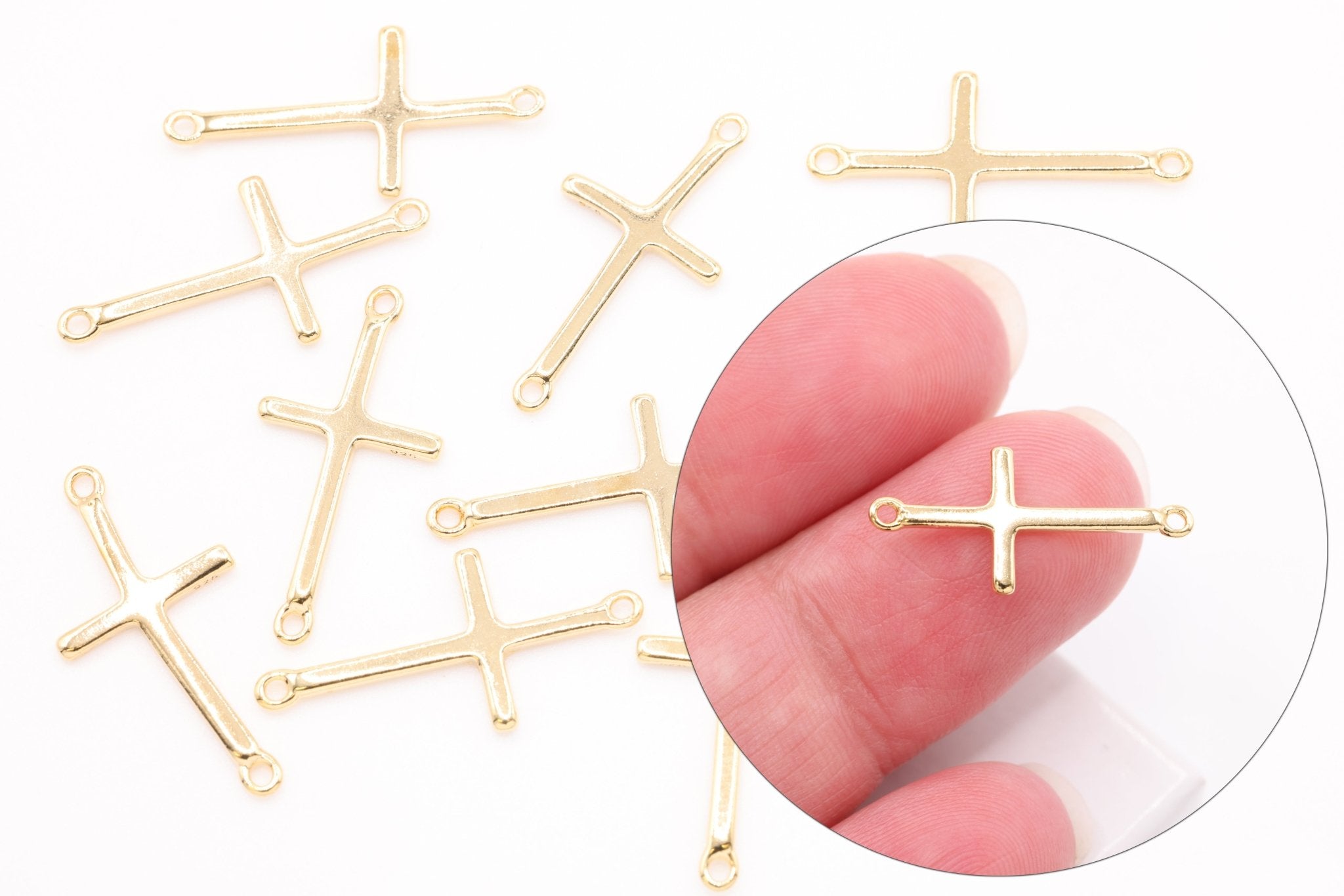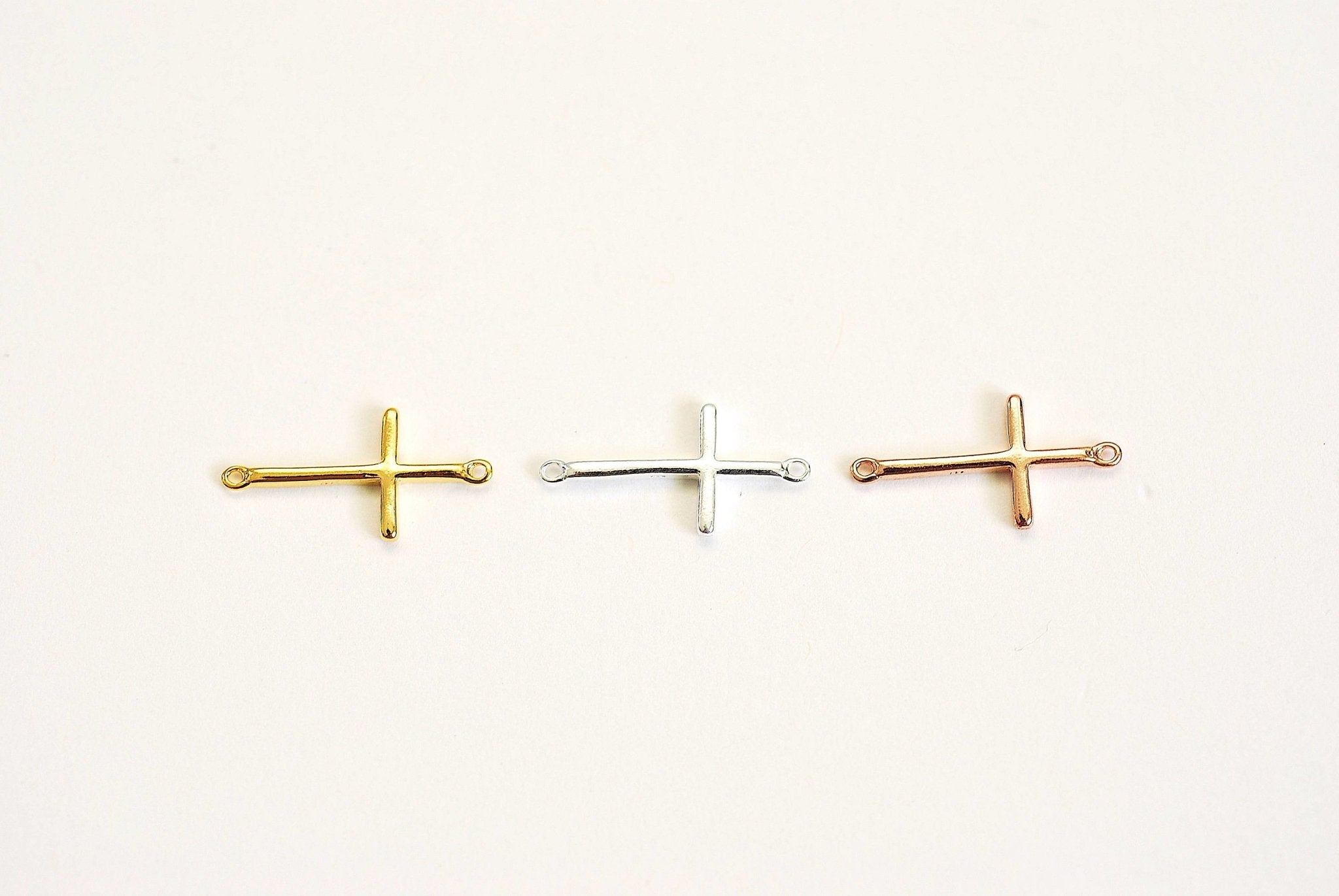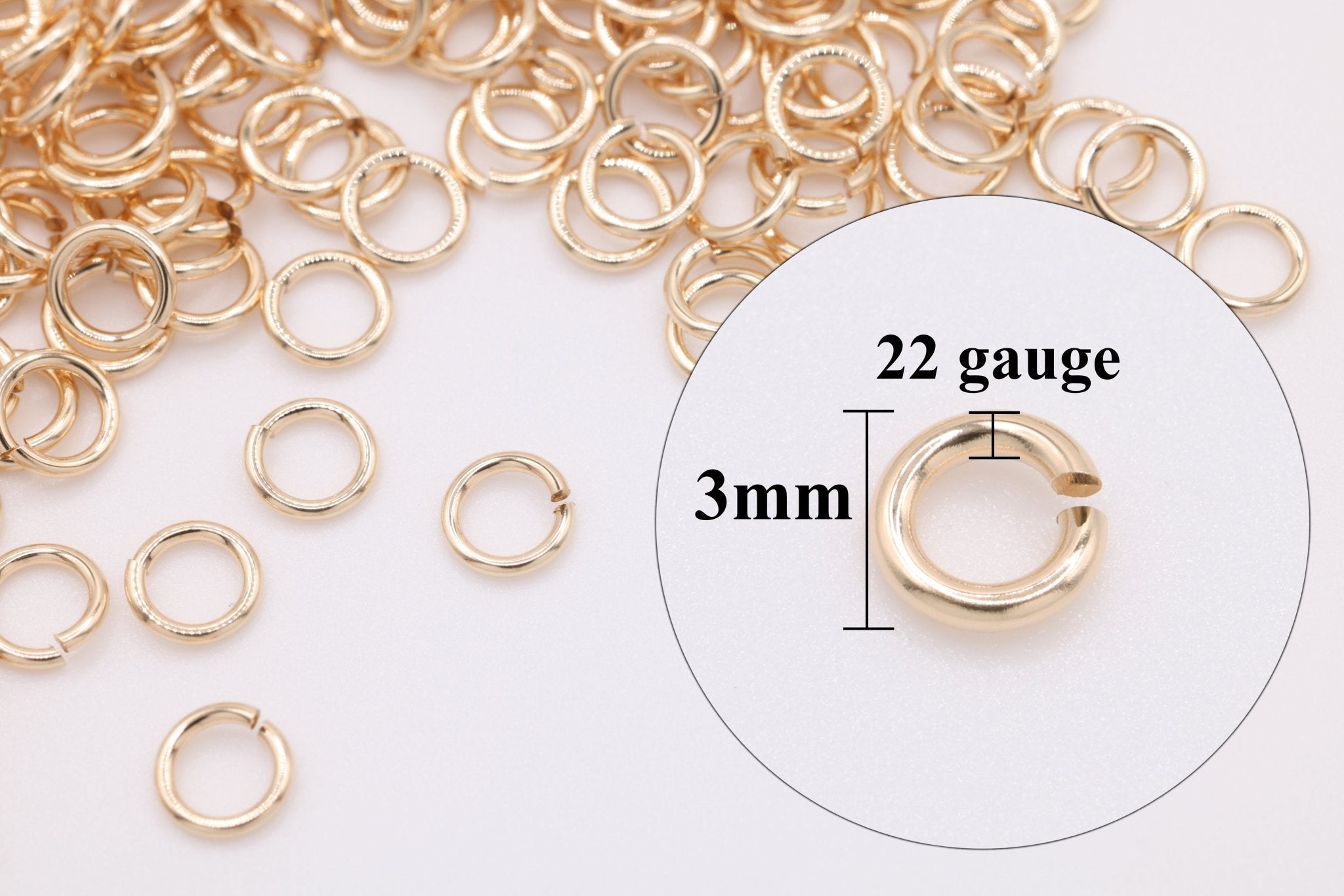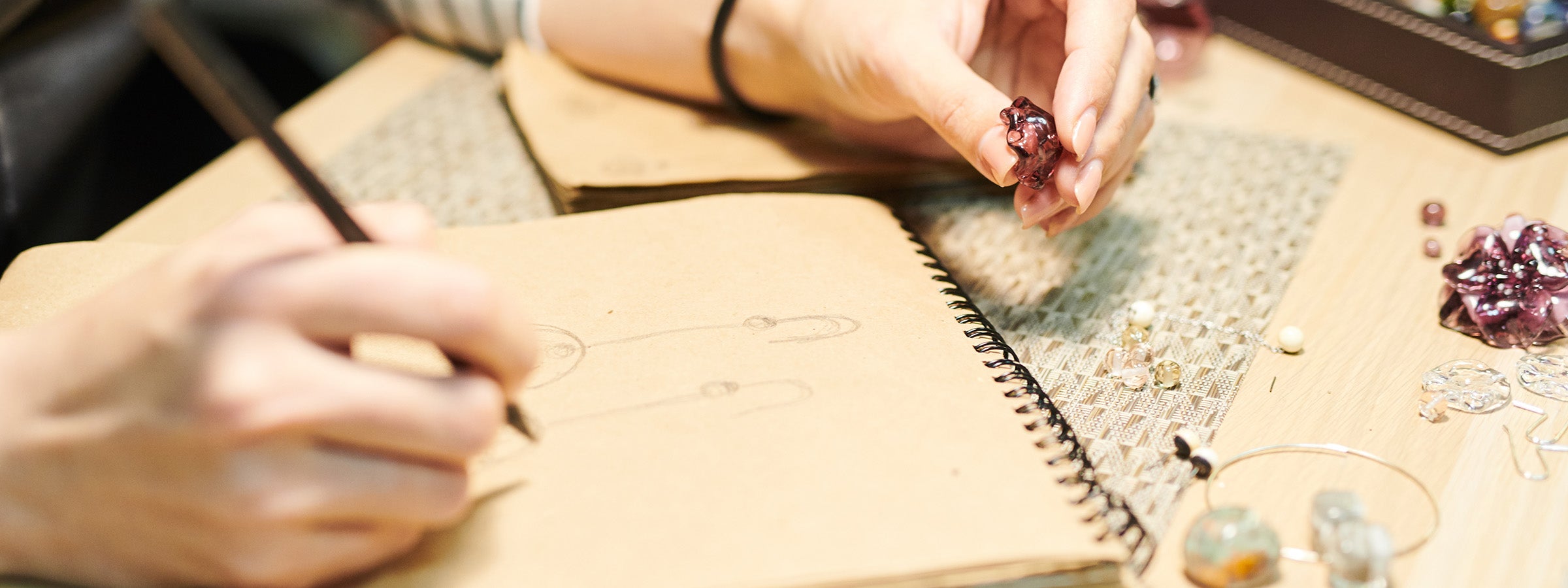By: Leslie H.
Gold-filled jewelry, with its enticing gleam and affordable luxury, has gained popularity among jewelry enthusiasts. Striking a balance between quality and affordability, gold-filled pieces offer the luster and appearance of solid gold without the hefty price tag. This article delves into the intricate process of creating gold-filled jewelry, showcasing the craftsmanship and technical precision that goes into each jewelry piece.

What is Gold-Filled?
At its core, gold-filled jewelry involves bonding a layer of gold to a base metal. This is not to be confused with gold plating, which coats the surface. Gold-filled pieces contain a substantially thicker layer of gold, typically constituting at least 5% of the item's total weight. The choice of gold, usually 14k or higher, ensures durability and a lasting shine.
For gold-filled items, the gold layer must be at least 1/20th (5%) of the item's total weight according to U.S. standards.
Read more about What is Gold Filled?
According to a report by The Craftsman Magazine (2023), gold-filled jewelry accounts for approximately 30% of the handcrafted jewelry market. Its popularity stems from its affordability and quality, offering a middle ground for customers who seek the look and durability of gold without the hefty price tag. For jewelers, working with gold-filled materials presents an opportunity to create high-quality, desirable pieces while keeping costs manageable.
SHOP Gold-Filled Jewelry
The Bonding Process
The journey begins with the selection of a base metal, often brass, copper, or an alloy. A sheet of gold is then mechanically bonded to this base using a combination of heat and pressure. This fusion process is delicate, demanding precise control to forge a strong bond without melting the metals. The result is a composite material that exhibits the best qualities of both components - the strength of the base metal and the beauty of gold.
Rolling and Shaping
Once bonded, the material undergoes rolling, which not only achieves the desired thickness but also strengthens the gold's bond with the base metal. This step is crucial for the durability of the jewelry, ensuring that the gold layer remains intact through wear and tear.
Crafting Gold-Filled Jewelry
The gold-filled sheet is now ready for crafting into jewelry pieces. This stage involves cutting, shaping, and soldering - skills that require an artisan's touch. Whether creating intricate designs or simple, elegant pieces, the craftsmanship at this stage determines the final aesthetic and quality of the jewelry.
Making charms from gold-filled material using the die struck method involves a series of precise and skillful steps. Here's an overview of the process:
-
Material Preparation: The process begins with gold-filled material, which is a layer of gold mechanically bonded to a base metal. This material is typically provided in sheets.
-
Die Creation: A die (or stamp) is created for the specific design of the charm. This die is a negative mold of the charm's design and is usually crafted from hardened steel. The creation of the die is a meticulous process, as it needs to capture all the details of the charm's design.
-
Die Striking Process: The gold-filled sheet is placed between the die and a press. When the press applies high pressure, the die strikes the gold-filled material, forcing it into the die's shape and imprinting the design onto the material. This process is known as die striking. It's a cold-forming process, meaning it's done without heating the material.
-
Trimming and Cutting Out: After the design is struck onto the material, the excess material around the charm's design is trimmed or cut away. This can be done using a variety of tools, depending on the complexity and size of the charm.
-
Detailing and Finishing: If the charm design requires additional detailing, such as engraving or the addition of other elements (like stones or secondary pieces), these are added after the main shape has been formed. The charm is then polished and finished to enhance its appearance and shine.
Finishing Touches
The finishing process is where the jewelry truly comes to life. Polishing reveals the radiant sheen of gold, while additional techniques like texturing or engraving add character and uniqueness to each piece. These final touches are not merely cosmetic; they are integral to ensuring the longevity and appeal of the jewelry.
Sustainability and Affordability of Gold-Filled Jewelry
Gold-filled jewelry not only offers an economical alternative to solid gold but also aligns with sustainable practices. By using less gold and repurposing base metals, it presents an eco-friendlier option for conscious consumers.
The creation of gold-filled jewelry is an art that combines traditional craftsmanship with modern techniques. Each piece represents a synergy of strength and beauty, offering a testament to the skill of its maker. As jewelry lovers continue to seek value and sustainability in their jewelry choices, gold-filled pieces stand out as a testament to enduring elegance and artisanal integrity.
SHOP Gold Filled Jewelry & Charms

